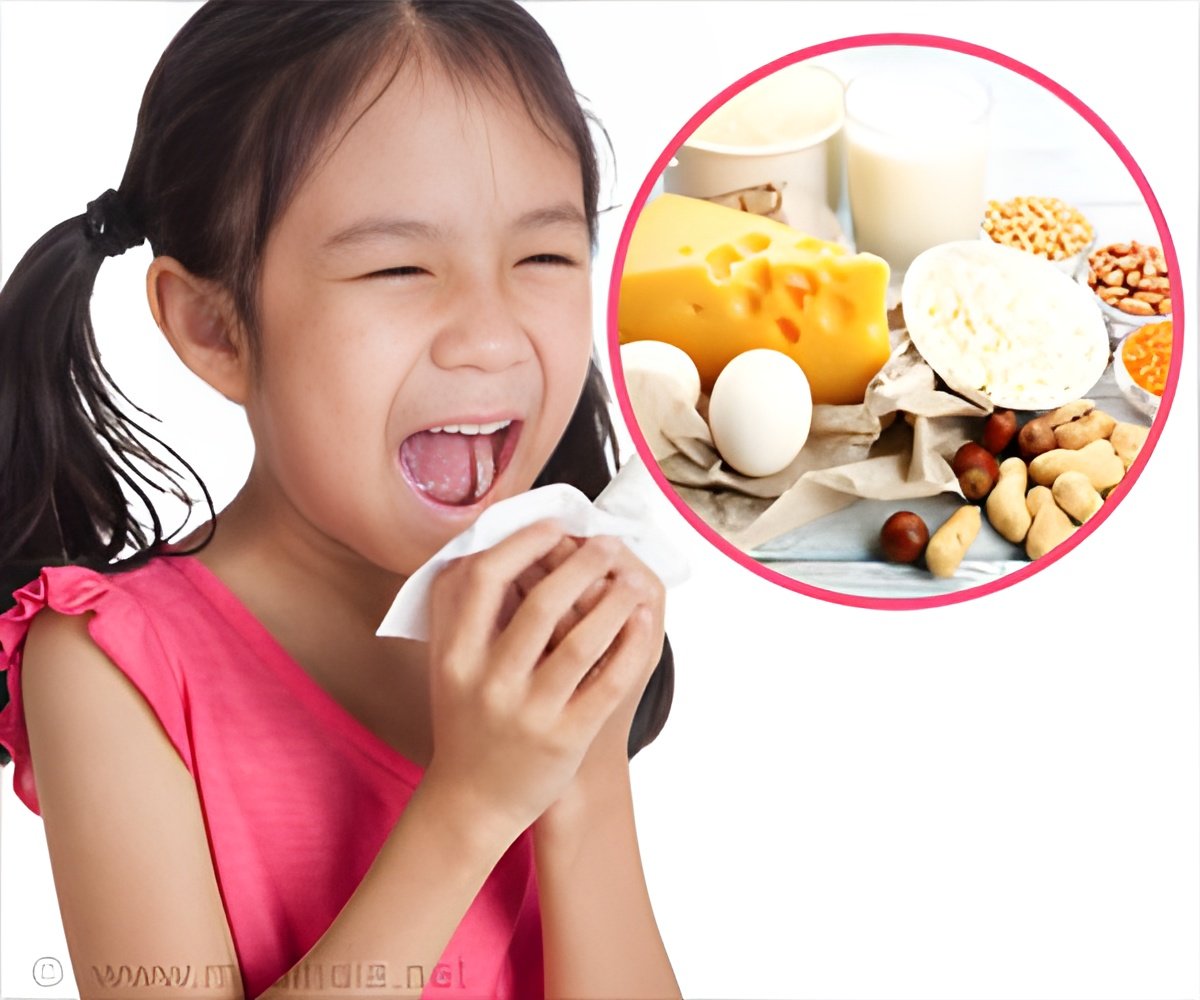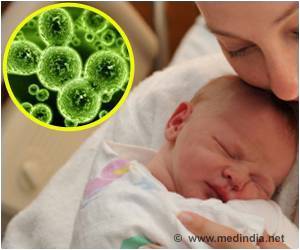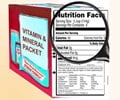In Philadelphia, asthma rates are among the highest in the nation, affecting one in five children. Researchers found an asthma prevalence rate of 21.8 percent.

‘Of the major food allergens, allergy to peanut, milk and egg significantly predisposed children to asthma and allergic rhinitis.’





In Philadelphia, asthma rates are among the highest in the nation, affecting one in five children. In this study, the researchers found an asthma prevalence rate of 21.8 percent. The study is a retrospective analysis of the electronic health records of more than o1ne million urban and suburban children in the CHOP Care Network from 2001 to 2015. The researchers divided the records into two cohorts: a closed-birth cohort of 29,662 children, followed continuously for their first five years of life, and a cross-sectional cohort of 333,200 children and adolescents, followed for at least 12 months. The patients were 48 percent white and 40 percent black.
While prior studies have suggested patients with food allergies are at increased risk of developing asthma, those analyses were small and limited. This study is the largest to date to examine the characteristics of healthcare provider-diagnosed eczema, asthma, allergic rhinitis and food allergy in a pediatric primary care population.
In the closed-birth cohort, the incidence of at least one food allergy between birth and age five was 8 percent, with the peak age of diagnosis between 12 and 17 months of age. The overall prevalence of at least one food allergy for the large cross-sectional cohort was 6.7 percent, in line with previously published rates. However, allergies to specific foods diverged from previous patterns. Allergies to peanut, milk, shellfish and soy were proportionately higher in the study population, while wheat allergy was proportionately rarer, and sesame allergy was higher than previously appreciated.
The researchers said that further studies should examine whether the food allergy patterns they found are comparable to those found in other geographical areas. Overall, children with existing food allergy were at increased risk of developing asthma and allergic rhinitis. "For patients with an established diagnosis of food allergy, 35 percent went on to develop asthma; and patients with multiple food allergies were at increased risk of developing asthma as compared to those with a single food allergy," said senior author Jonathan Spergel, MD, PhD, chief of the division of Allergy and Immunology and the holder of the Stuart Starr Chair of Pediatrics at CHOP.
Advertisement
"Using provider-based diagnosis data provided important information often lacking in existing studies," added Spergel. "We found different disease rates than previously reported, and our research provides key data to shape future efforts aimed at prevention, diagnosis and management of these common pediatric conditions."
Advertisement















